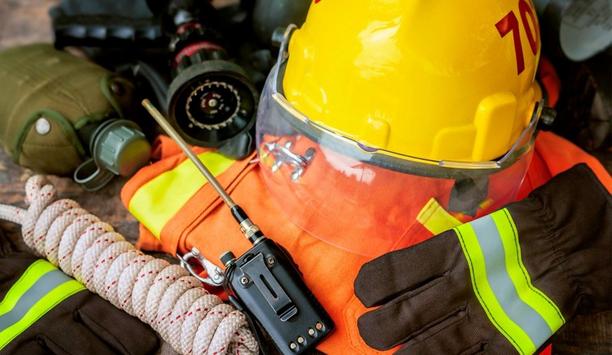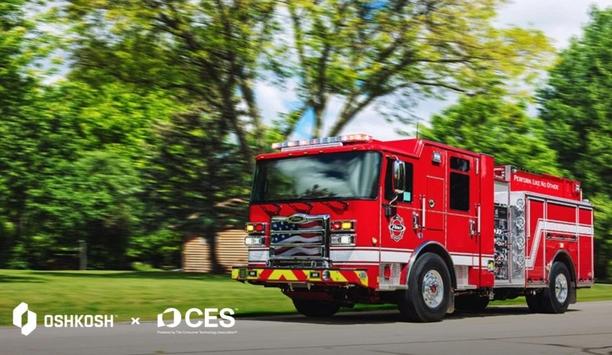As a manufacturer of fire detection solutions, it is important for FireClass to ensure all partners and customers understand significant changes in codes and standards that could affect installations of systems.
There have been several changes to the British Standard BS5839 –following the release of the 2017 update. The changes are outlined below:
1) Manual Call Points
All manual call points must have some variety of protective cover to help prevent accidental activation from impact and will force users of the fire alarm system to lift the cover before activation, thereby adding an extra action to the process of pressing the alarm.
This should help to reduce the number of times the button is pressed accidentally and make anyone who intends to push the manual call point (whether maliciously or not) think twice about whether the alarm should be triggered. Although covers have been around for a while, it is a mandatory requirement of the BS standard and any new installation of a fire detection system must use a call point with a cover.
It is not necessary to retrofit covers within existing installations as the standard only covers new work undertaken since the publication of the standard. Within the device, the accessory range offers hinges that are designed to connect to call points to prove the necessary coverage and compliance to this standard.
2) Place of ultimate safety
Manual call points should be located on escape routes and at all story exits and all exits to open air
Change to point 20.1 the ‘place of ultimate safety.’ Manual call points should be located on escape routes and in particular, at all story exits and all exits to open air that lead to an ultimate place of safety –regardless of whether these exits are specifically designed as fire exits.
3) Multi-sensor detectors
Detectors that have fire sensitivity of BS EN 54 7 are acknowledged as suitable for fire escape routes but their configuration must include smoke detector mode.
4) Testing Multi Sensing Detectors
The standards now recommend an inspection and test of an entire fire detection system must take place once a year. In the first instance, ‘Multi-sensor detectors should be operated by a method that confirms that products of combustion in the vicinity of the detector can reach the sensors and that a fire signal can be produced as appropriate.’
In addition, ‘the guidance of the manufacturer on how the detector can be functionally tested effectively should be followed’, and ‘multi-sensor fire detectors should be physically tested by a method that confirms that products of combustion in the vicinity of the detector can reach the sensors and that the appropriate response is confirmed at the CIE’.
5) Testing Sensor technology
Each sensor that a fire detection decision depends on (e.g. smoke, heat, CO) should be physically tested individually
Where the detector or system design permits, each sensor that a fire detection decision depends on (e.g. smoke, heat, CO) should be physically tested individually.
Alternatively, individual sensors may be physically tested together if the detection system design allows simultaneous stimuli and individual sensor responses to be verified either individually or collectively. On completion of tests, the system should be returned to its normal configuration.
FireClass offers a 3 in 1 tool which represents the next generation of detector testing enabling smoke, heat, and CO testing from one device.
6) Protecting Stairways
Fire detectors should be sited at the top of stairways and on each main landing. This is to ensure that there is adequate coverage at every level of the building as plumes of smoke are unpredictable and there is no exact way of knowing where the smoke will go.
If detectors are not sited correctly, there could be a delay in the amount of time between the fire starting the system activating an alarm.
7) Updating 'False Alarms’ to include ‘Unwanted Alarms’
Not all false alarms result in the fire and rescue service being called out.
For example, in some large premises with sufficiently trained staff, alarm signals are investigated for a short period before contacting the fire and rescue services. False alarms that result in FRS responses are described as Unwanted Fire Alarm Signals (UFAS).















